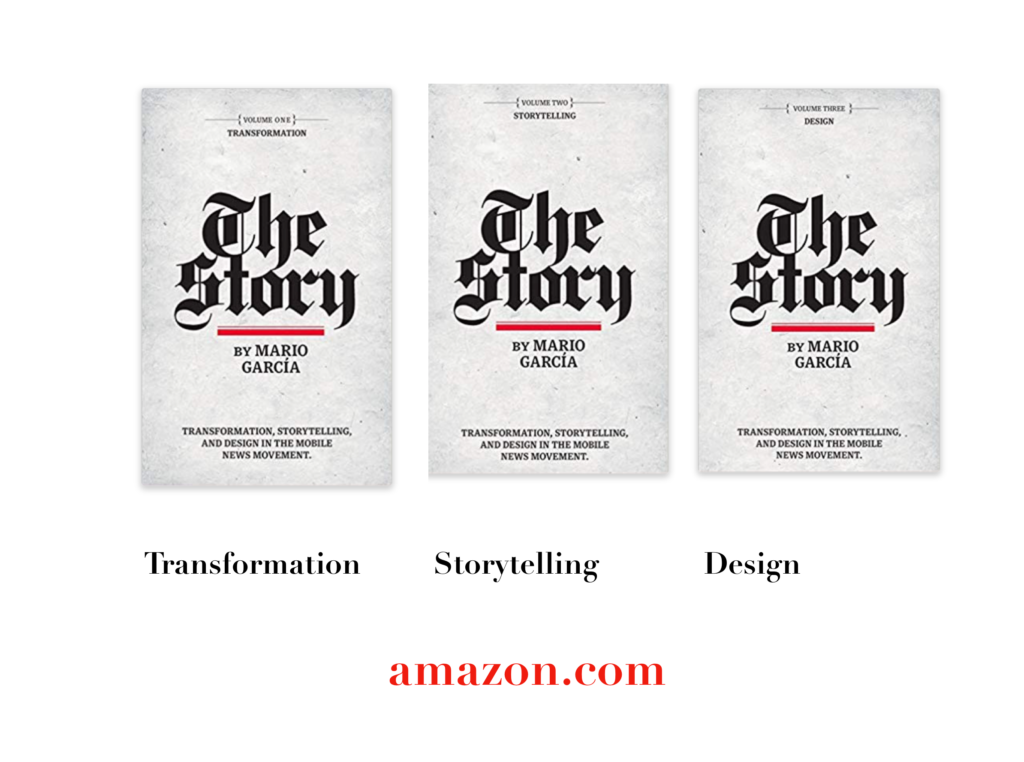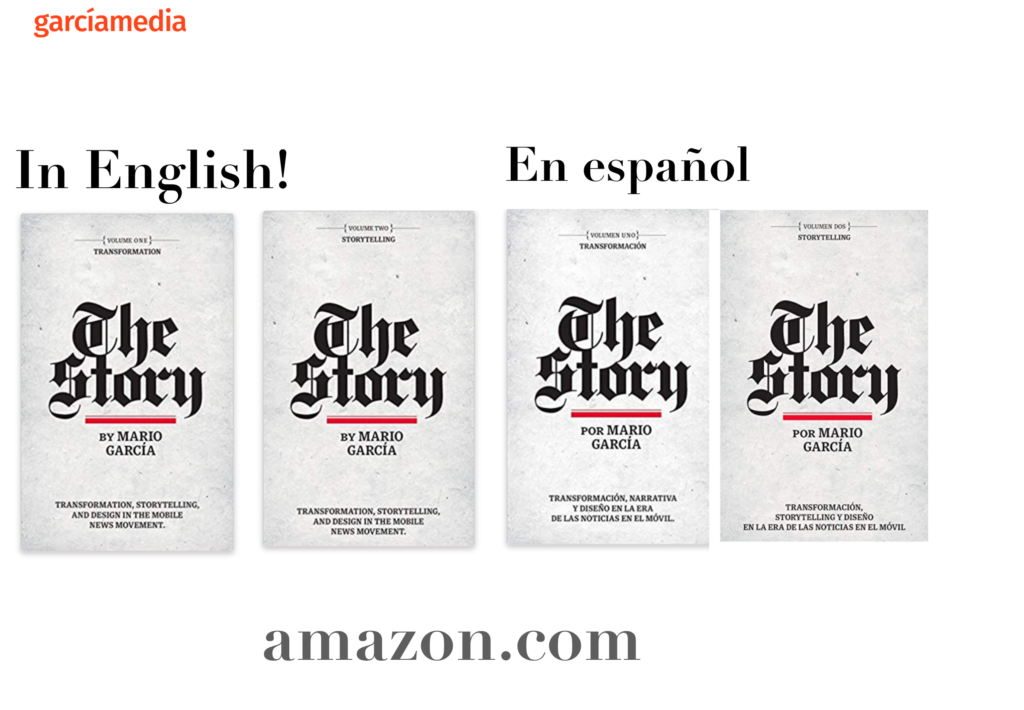The Covid pandemic affected all of us in different ways. However, it is undeniable that it, too, changed how we approach life and work in the post-Covid era. True, health experts continue to advise that we are not out of the woods yet with the pandemic, but all around us are signs that we can move more freely, often without masks and relying on the knowledge that a large segment of those around us have been vaccinated. According to the Center for Disease Control and Prevention , the vaccination rate for the US, all ages, is a sound 68%, and 93% for those 65 years old and up.
It is against this backdrop that I am now in the middle of a one-month, 4-country, 5-stops tour that has taken me from New York to Germany, United Arab Emirates, India and Saudi Arabia. My projects in these places reveal that executives in publishing houses and newsrooms around the world are embarking in projects that involve transition, innovation and renovation.
At each of these stops I am working with publishers and editors who are aware how important a “rethink” of their operations is.
What type of innovation?
Without getting into specific details, I can enumerate highlights of what my projects involve, to give you an idea of the type of change that is taking place and why I am so optimistic about what is happening in our industry:
- A daily newspaper publisher sees to capitalize on opportunities offered via mobile content creation, conceptualizing a food app that takes advantage of the newspaper’s ample recipe bank.
- Mobile storytelling becomes a priority at all the titles with which I am involved on this trip. This means that teams in the newsroom conceptualize all stories thinking from small to large platform, paying attention to the potential for audio and video, and mixing traditional narrative with visual assets.
- A major magazine undergoes a transformative rethink to create a better environment for its content, migrating some ideas from digital to print and fortifying its digital and mobile editions.
- Two major media houses go after the creation of their own “journalism academies” to train a new generation of journalists while also providing mid career training for those currently in their staffs.
- A major regional daily changes format and creates content flow that will emphasize its local coverage while aiming to become a digital national player.
I will report on these titles in specific terms once the projects conclude and we can discuss a case study of how things shaped up at each.
For now, I can say that I see a positive transformative spirit prevailing with all my clients.
Print products are rethought, not eliminated.
Young members of the editorial teams are giving an opportunity to bring their “digital native” backgrounds and instincts to the table.
Video becomes an integral tool for storytelling, as opposed to part of an old-fashioned “multimedia” department.
In essence, I see glimpses of how newsrooms become digital first, with print as an important but not the essential component.
As I travel from newsroom to newsroom, I compare what I see as the bubbles in motion in a champagne flute carrying good bubbly.
Through decades, my projects have been a harbinger for what is happening and coming in the industry. Today, those projects indicate that few newsrooms are static. Publishers and editors continue to focus on the main event: content. But they are innovating and rethinking to make sure that content is presented according to the way people consume it today.
Mobile first leads the movement.
The winds of serious progress are welcome. Waking up this November 8 feeling optimistic of what’s ahead.
Bring our mobile storytelling workshop to your newsroom
It is a mobile world, and 82% of all content is consumed on a mobile device worldwide, not just news, but all sorts of documents, especially pdfs. If your company is in the business of creating content, then you need to start thinking from small to large. Create that content for the smallest platform, where a majority of the users are consuming it.
Our Garcia Media Mobile Storytelling workshops are proven to introduce your editorial team to the way we write, edit and design for mobile platforms. It is a one-day program that involves a presentation (where I summarize my Columbia University class content), and follow it with a hands on workshop.
I urge you to consult my latest book, The Story, a trilogy full of tips and explanations about mobile storytelling, which represents the latest genre for journalists to explore. See information below:


The full trilogy of The Story now available–3 books to guide you through a mobile first strategy. Whether you’re a reporter, editor, designer, publisher, corporate communicator, The Story is for you! https://amazon
TheMarioBlog post # 3357